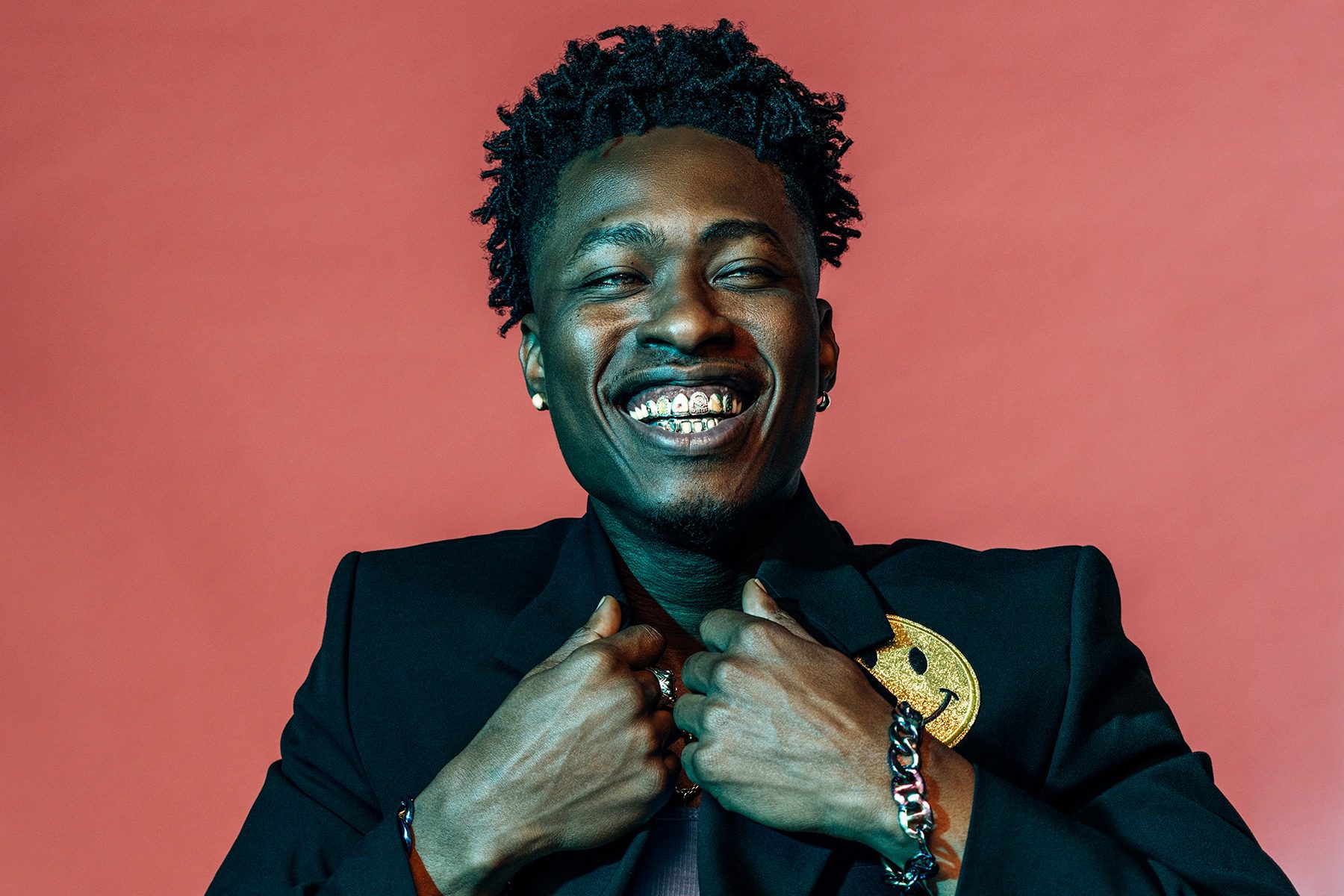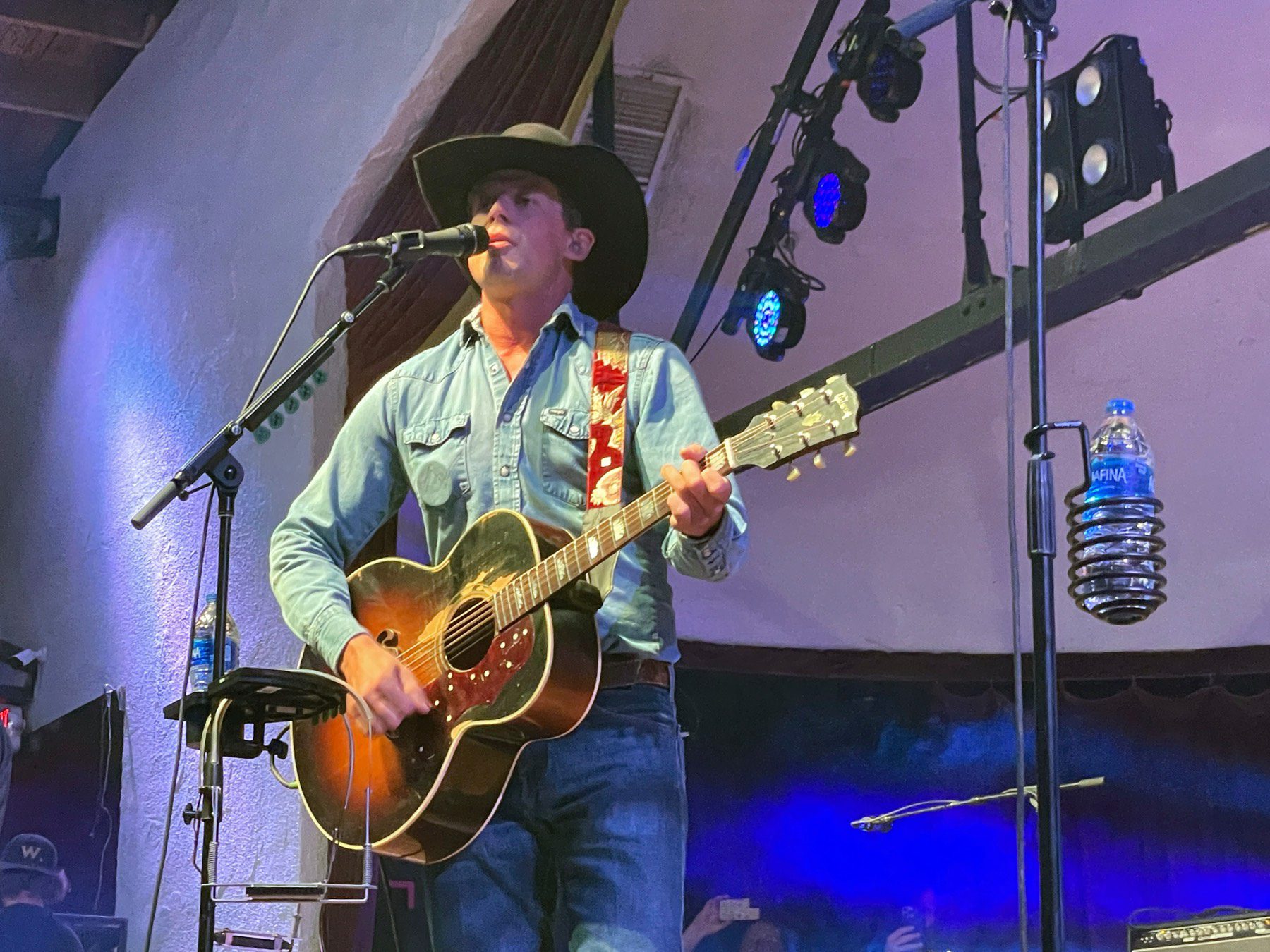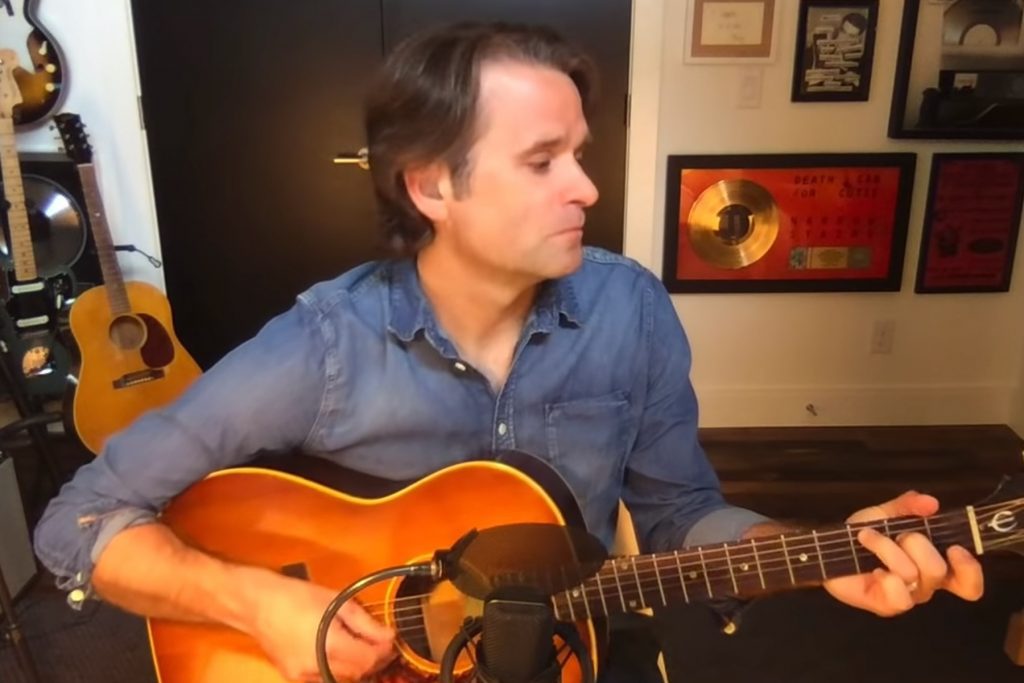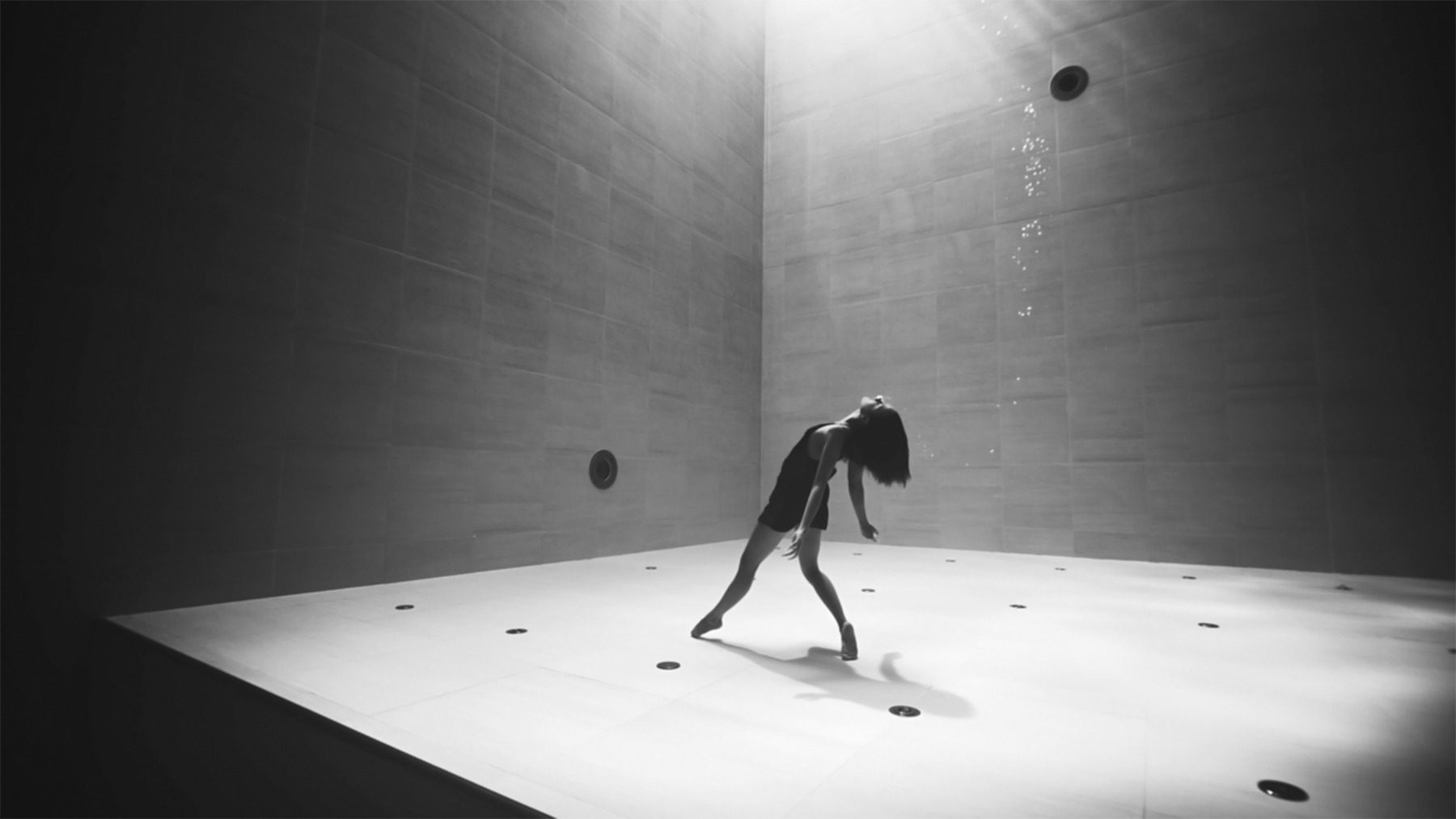
‘People Fear the Greatness in Me’: Lucky Daye’s Exquisite Taste
When Lucky Daye attended the Grammy Awards in Las Vegas last weekend, he was thinking optimistically. “I pull up every time they nominate me,” the 36-year-old singer said shortly before the ceremony, at which he took home a Best Progressive R&B Album trophy for his 2021 EP, Table for Two. “It feels good to be nominated for any award.”
Daye put together Table for Two by recruiting a range of impressive singers, including Ari Lennox, Joyce Wrice, Yebba, and Tiana Major9, for duets. For his most recent project, Candydrip, released this March, he thought even more ambitiously. When he talks about the versatile 17-track project, he sounds like a master chef.
“I wanted this to be about taste,” he explains on a Zoom call in a Burbank, California studio. “Some people love the things that somebody else hates. You might get super-sweet, or you might get super-savory [sounds]. I’m just shooting for a new creative angle to approach music.”
The new album opens with a flowy introduction where Daye smoothly yet assertively croons about his love for someone who seems to not be paying him much attention in return. “If I knew where to start/I’ll probably have your heart,” he rhymes over a harmony of voices that then turns into a backdrop of strummed harp and funky bass that makes Daye’s spoken words danceable.
blogherads.adq.push(function () {
blogherads
.defineSlot( ‘medrec’, ‘gpt-dsk-tab-article-inbody1-uid0’ )
.setTargeting( ‘pos’, [“mid-article”,”mid”,”in-article1″,”mid-article1″] )
.setSubAdUnitPath(“music//article//inbody1”)
.addSize([[300,250],[620,350],[2,2],[3,3],[2,4],[4,2],[640,250]])
;
});
The album seems to be broken into two parts, with the first half being more upbeat pop tunes, including features from Smino on “God Body” and Lil Durk on the gangster-yet-bluesy song “NWA.” The latter song, he notes, isn’t about the pioneering West Coast rap group, so much as a feeling about his own experience in the world.
“Growing up, when I heard the term ‘NWA,’ I never thought about the group,” he says. “It was the way people perceived me. When I am in the elevator and somebody doesn’t want to get in the elevator with me, it’s probably because they are scared of me. In my mind, it’s always been whatever it is that makes me special — people fear the greatness in me.”
On the album’s second half, the songs slow down a bit, get sexier, and move into what appears to be Daye’s natural habitat of sound, as heard on his favorite song from the new LP, “F****N Sound”.
“If a chef gave you something sweet and salty on one plate, that would be it,” he says. “It’s the sweetest and most salty you can get on one song.”
Daye’s exquisite taste is heard throughout the entire project, and in true Daye fashion, each song has a musical outro that leads into the next song, a pattern he has embedded into his music since his 2019 debut. “That’s all intentional,” he says. “I like to link clues for the people that’ve been with me since the first day. What you hear at the end of the songs is always for a reason — they either link to the beginning of the next song or they continue the ending of the last song.”
His own story began in the heart of New Orleans, where he was born and raised. Growing up all over and particularly in the seventh ward, Daye was exposed to the city’s rich history of jazz music, along with other influences. “First songs I started hearing were on the bus, and I didn’t know what I was hearing,” he recalls. “At home, I listened to whatever I made, because that’s how I started making music. I didn’t start by listening.”
As a kid, he would make songs and melodies out of the nursery rhymes he was learning. “We would have to make drums with our hands, and I started singing by singing my nursery rhyme books as a child,” says Daye. Even in church, Daye didn’t sing gospel per se; his church encouraged congregants to compose their own music and make their own melodies.
“I do it for fun now, although I’ve learned to adapt,” says Daye. “I don’t write physically, I just go in the booth and let my brain work. When I write with other people, I understand that everybody does it differently, and that helps me to practice and also learn something. One time, I saw somebody who already had words, but they needed a melody and I was like ‘Oh! Bet, I haven’t done that in a long time, let’s try it!’”
blogherads.adq.push(function () {
blogherads
.defineSlot( ‘medrec’, ‘gpt-dsk-tab-article-inbody2-uid1’ )
.setTargeting( ‘pos’, [“mid-article2″,”mid”,”in-article2″,”mid-article”] )
.setSubAdUnitPath(“music//article//inbody2”)
.addSize([[300,250],[300,251],[620,350],[2,4],[4,2],[3,3],[2,2]])
.setLazyLoadMultiplier(2)
;
});
While the album has different genre touches, it all has an element of sexiness that Daye says is a part of his character. “I catch myself sometimes leaning back into sexuality, [but] it’s who I am and something everybody can understand,” he says.
When creating Candydrip, Daye and his manager kept an eye out for the honey-gold color seen on the album cover, which references the Seventies sounds of the Ohio Players. He’s a man of many sounds, and he’s not trying to be defined as just one type of artist.
“What do you see Amy Winehouse as?” he says when asked to define his genre.
“Exactly — that’s what I want right there,” he continues when I cock my head to the left. “I just want to keep making music that inspires and music that can push the mode. I don’t want us to get stuck. We got a train coming in, we got to make noise, we can’t come in all quietly.”




